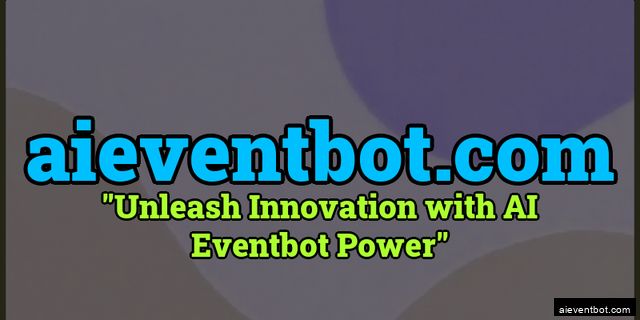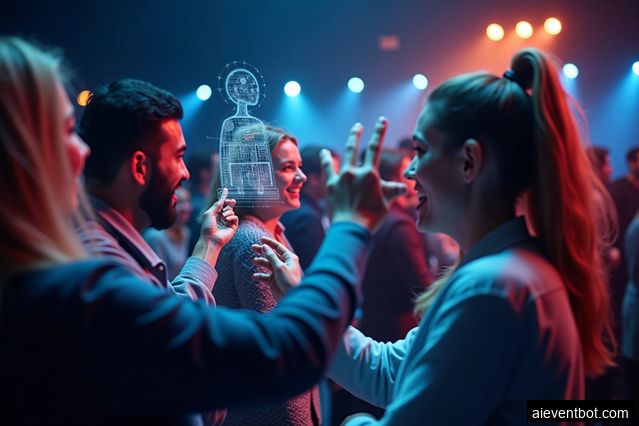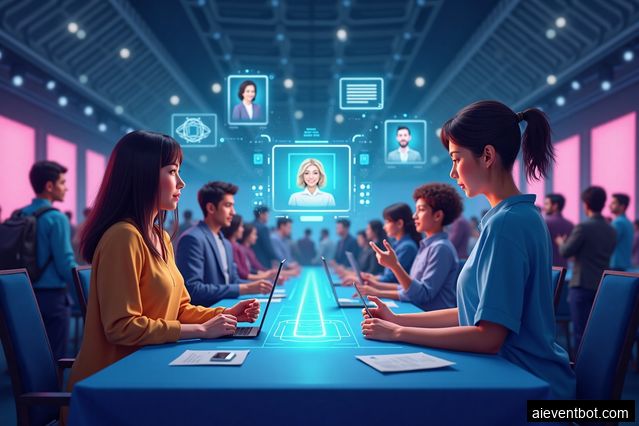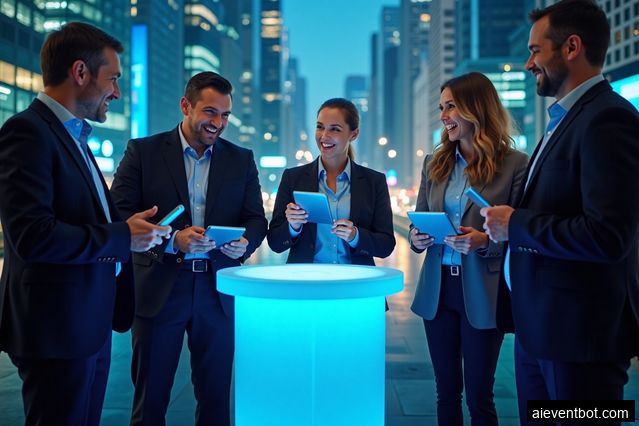Enhancing Accessibility through Assistive Technology
Events are meant to bring people together, but for individuals with disabilities, attending events can be challenging. However, with the advent of innovative assistive technology, accessibility barriers are being broken down. For example, smart caption glasses enable individuals with hearing impairments to receive real-time captions during live presentations, ensuring they don't miss out on important information. Similarly, tactile maps and navigation apps equipped with audio assistance help individuals with visual impairments navigate event venues independently. These technologies are empowering individuals with disabilities to fully participate in events and have a more immersive experience.
Creating Inclusive Communication Channels
Inclusive communication is vital for ensuring that all event attendees can actively engage and participate. Innovative technology solutions, such as live transcription services and real-time language translation apps, are revolutionizing communication at events. Live transcription services provide real-time captions for presentations, making events more accessible for individuals with hearing impairments. Real-time language translation apps break down language barriers by instantly translating spoken content into different languages, enabling attendees from diverse backgrounds to understand and engage with the event content. These technologies foster inclusivity and create a more welcoming environment for all participants.
Facilitating Personalized Experiences
Each individual has unique accessibility needs, and innovative technology is enabling event organizers to cater to these specific requirements. For instance, wearable assistive devices, such as vibrating bracelets or smart badges, can provide discreet alerts and reminders for individuals with cognitive disabilities. These devices can help individuals stay on schedule, navigate the event venue, and receive personalized notifications based on their preferences. By offering personalized experiences, events become more inclusive and ensure that every attendee feels valued and accommodated.
Empowering Attendees with Virtual Reality
Virtual reality (VR) technology is revolutionizing event accessibility by enabling attendees to experience events remotely. Individuals who are unable to attend an event physically due to accessibility constraints can now participate virtually through VR platforms. This technology allows them to explore event venues, attend presentations, and interact with other attendees as if they were physically present. VR technology opens up a world of possibilities, making events more inclusive and accessible to a wider audience.
Promoting Inclusive Event Design
Inclusive event design involves creating an environment that considers the diverse needs of all attendees. Innovative technology plays a crucial role in promoting inclusive event design. For example, event organizers can utilize augmented reality (AR) apps to provide real-time directional guidance and information about accessible facilities within the venue. AR overlays can highlight wheelchair-accessible routes, accessible restrooms, and other essential amenities, ensuring that individuals with mobility impairments can navigate the event space with ease. By incorporating technology into event design, organizers can create a more inclusive and welcoming environment for all attendees.
Continuous Innovation for a More Inclusive Future
The potential for improving accessibility and inclusivity at events through innovative technology is immense. As technology continues to advance, new solutions will emerge, further enhancing the event experience for individuals with disabilities. It is crucial for event organizers to embrace these innovations and prioritize inclusivity in their planning and execution. By leveraging technology to create accessible and inclusive event experiences, we can ensure that everyone has the opportunity to participate, engage, and enjoy events to the fullest.








